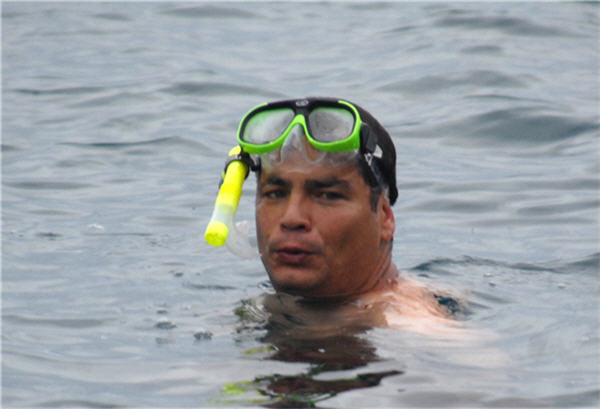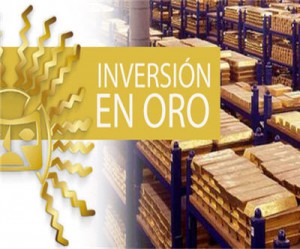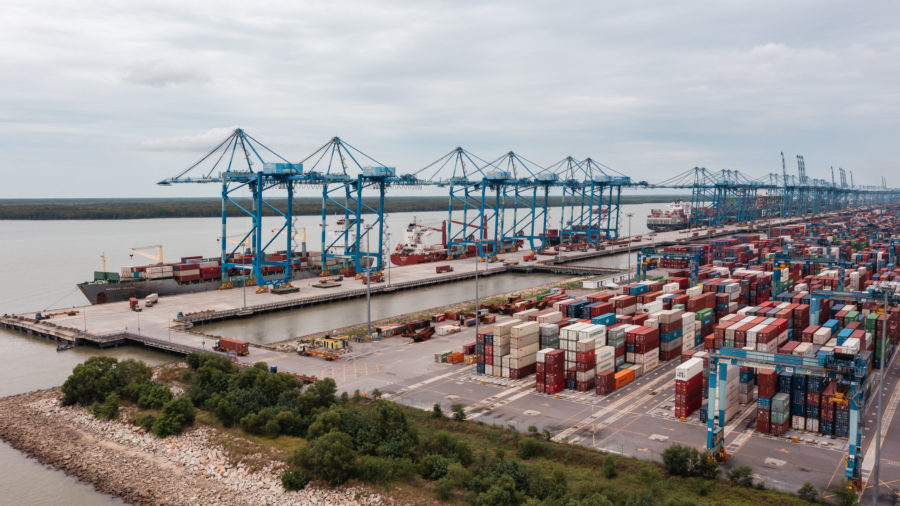How Ecuador could make money on the Goldman Sachs gold deal

Betting the deal won’t go under water: President Rafael Vicente Correa Delgado snorkeling near the Galápagos islands June 2008
New York investment bank Goldman Sachs this week picked up 466,000 ounces of gold from cash-strapped Ecuador’s central bank.
Goldman will give back the 1,165 gold bars, worth roughly $580 million at today’s ruling price, in three years time according to the agreement inked with Banco Central del Ecuador.
Ecuador is struggling with a record deficit and the central bank explained it “invested” the gold, about half the country’s total reserves, with Goldman in exchange for more liquid assets.
The bank, which lost its autonomy when self-confessed socialist revolutionary President Rafael Correa took office in 2007 expects to turn a profit of as much as $20 million on the transaction.
In November last year Venezuela came close but in the end walked away from a similar deal with New York investment bank. Correa, a three-term president was a close ally of late Venezuelan president Huge Chavez.
The central bank explained the rationale for the deal it professes is “safe, liquid and profitable” in a statement this way:
Gold that was not generating any returns in the bank’s vaults and attracted storage costs. The gold “now becomes a productive asset that will generate profits. These interventions in the gold market represent the beginning of a new and permanent strategy of active participation by the bank, through purchases, sales and financial operations, that will contribute to the creation of new financial investment opportunities.”
The transaction has puzzled many gold market participants if not most official sector economists. Writing in Fortune magazine, Stephen Gandel, tried to figure out how Ecuador can generate such a handsome return on investment:
A gold swap is pretty close to a collateralized loan. Goldman is essentially lending Ecuador money for three years, and taking its gold as collateral. Typically, you pay interest or a fee for a loan like that. Venezuela said its $1.8 billion gold swap was going to cost $800 million in financing over seven years. Based on that, Ecuador could be paying Goldman a little over $100 million for its swap. On top of that, Ecuador would end up owing Goldman even more money if the price of gold rises over the next three years.
But there are a few ways Ecuador could end up making $20 million on the deal. Ecuador could be betting that the price of gold will fall 20% over the next three years. Another way would be for Ecuador to take the cash it gets from the swap and invest it elsewhere in something that will make 20% over the next three years, not an easy task given that the average bond is yielding just 1.8%.
Or Ecuador could have done another swap, this time with the dollars it received from Goldman for Ecuadorian bonds. It would, of course, have to pay Goldman another fee for that. But that swap would pay the spread between U.S. three-year interest rates at about 0.85%, and Ecuadorian interest rates, which are around 7% or 8%, or a little over 20% during the three years.
The last option sounds like a sure-fire way for the central bank to make money on the deal, says Gandel.
Unless Correa does what he did five years ago: Orchestrate a de facto bond default (by declaring intention not to pay, waiting for prices to tank and then buying back the bonds on the cheap).
Click here to continue reading at Fortune.
Image of President Rafael Vicente Correa Delgado from the Presidency’s Flickr feed.
{{ commodity.name }}
{{ post.title }}
{{ post.date }}

3 Comments
Oscar Ugarteche
The Central Bank of ecuador lost its sense in 2000, when the economy became dollarized. Somewhat like the national european central banks versus the ECB. So losing its autonomy when it cannot define exchange rates nor credit policy is a bit of a red herring. The question would need to be how the central bans of small countries that have taken the dollar as its currency such as Panama, el Salvador and Ecuador, all in Latin America (and Fidji) relate to the FED, like the member countries to the ECB, except. of coourse, the FED responds to domestic US policy demands and not to the aggegate, however small they may be. It ressembles the sterling area in the 1930’s. So Ecuador central bank can sign contracts, because it still holds international reserves, but that is about all. This is just to clarify it was not 2007… ,
zFEDRULEz
Ecuador got scammed out of it’s gold somehow. The situation must be so bad politically that they would not even contemplate going back to issuing their own currency. When you are in someone’s pocket, in ecuador, you’re in someone’s pocket! Oh well 50% gold reserves gone. Ecuador get ready for eternal slavery, you are 50% closer
Shamus
So there are more ways Ecuador can lose money then make money….basically? Sounds like the president is snorkeling away with a few mill of Ecuador’s gold sales profits, using the remainder to staff off revolt (until he’s safely out of office) further impoverishment of the Ecuadorian people; trading Gold (real money) for pieces of paper that they are told hold value… haha! What a bufoon!